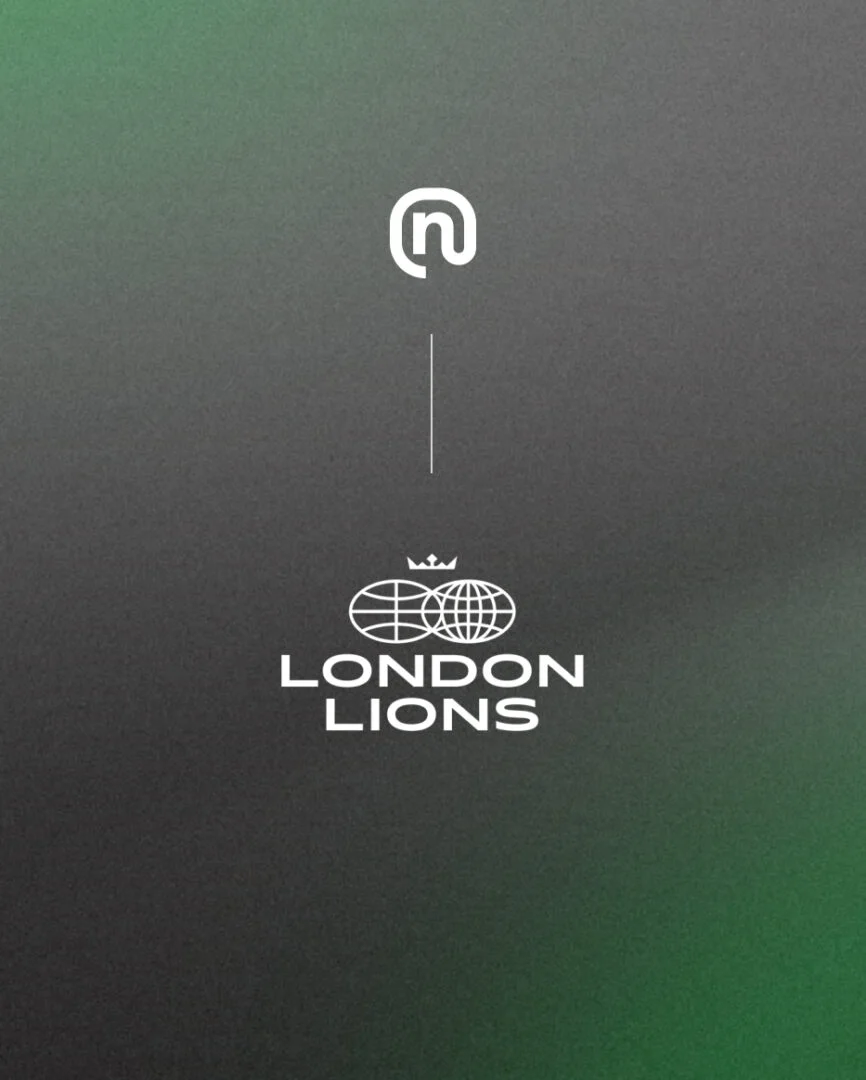
Top 3 reasons to rebrand in tech
November 11, 2021•3 mins read
When scaling is successful, outgrowing several elements of the business is inevitable. Usually, company structure, processes, and culture have to adapt to the new scale. But sometimes internal changes are not enough – the entire brand identity must be reconsidered as well.
Rebranding is one of the biggest adventures that a company can undergo. Let’s overview the most common reasons for a brand name change and some examples that illustrate how leading tech companies do it.
1. Indicating maturity
In tech, it’s not always easy to predict the direction your product or service will take. Sometimes, the original brand is intended to appeal to a niche market which later proves to actually be massive. Other times, a more mature brand is needed before or after a merger or acquisition. Such a case was Twitch – now a common name and a go-to network to watch gameplay streams, it began as Justin.tv (named after one of the founders).
Twitch was just one of many video categories on Justin.tv until the company realized that it has more viewers than all other categories combined. Twitch.tv became a service of its own, and three years later, the entire umbrella company was renamed to Twitch Interactive. Later that year, Twitch Interactive was acquired by Amazon.
2. Connecting with a new audience
Creating a new identity for an existing product is not only about refreshing the vibe – it’s about knowing your users. Analyzing the current audience vs. the desired audience can reveal that a rebrand is necessary.
A great example of this is Google rebranding Webmaster Tools to Google Search Console. Google was convinced that the most used functionality in the platform – Search Analytics – could be potentially useful to a wider audience, including designers, SEO specialists, marketers, and small business owners. The difference between the old and new brands is obvious – whereas Console hints that users still need to be somewhat tech-savvy, it doesn’t hold the pressure that Webmaster implied. Adding Search also made the brand more informative compared to the original which didn’t communicate the main use case of the platform clearly enough.
3. Disconnecting from a negative image
Sometimes the drive to rebrand comes from a rather negative situation, i. e. trying to save reputation after a crisis or fighting a poor brand image caused by no longer valid previous flaws. Even though tech companies constantly evolve and optimize their products and services for the best user experience, the obsolete flaws still linger in the tech folklore and continue to harm the brand.
This happened to the world’s most bullied internet browser – Microsoft Explorer. Regardless of all the progress, Internet Explorer (to this day, actually) is a character in memes, known for being slow and out of clue. When the browser got revamped and its tech qualities like performance, compatibility, and security started exceeding the competition, it was rebranded as Microsoft Edge and got a whole new identity as the browser for business.
***
The idea that users have about a product or company is a subtle matter. Messing with the brand means risking disappointing the current audience – because they liked the original. Even so, more often rebranding brings a positive change as it increases chances to gain new users who weren’t drawn to the original brand.
Read more like this
-
Marketing
April 26, 2024•10 mins read
Getting the most out of your marketing: Performance marketing for your early-stage startup
-
Marketing
October 4, 2023•6 mins read
When to imitate and when to innovate: Marketing for your early-stage startup
-
Marketing
August 25, 2022•5 mins read
3 super-practical tips startups need to know from an influencer marketing expert
-
Marketing
August 9, 2022•6 mins read
Growing globally? A marketing expert explains why influencer marketing is the perfect channel







